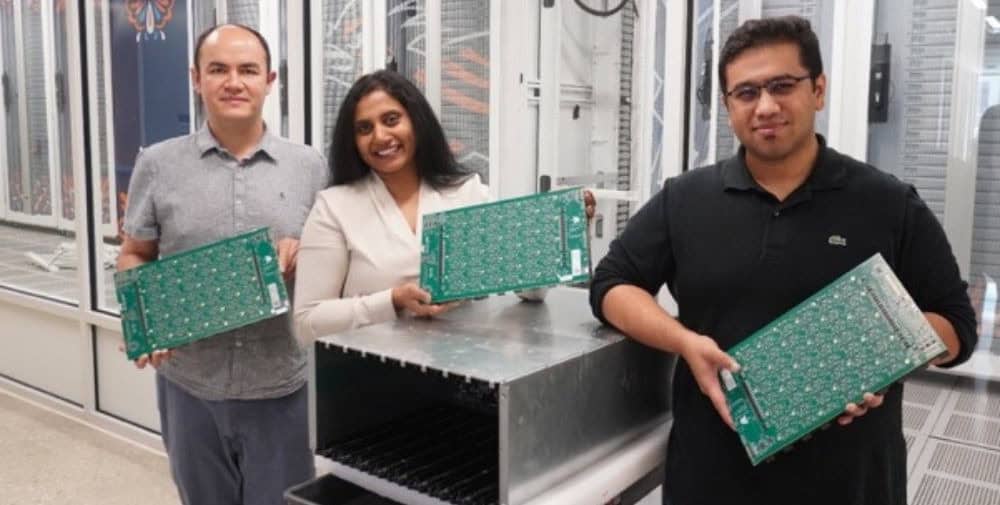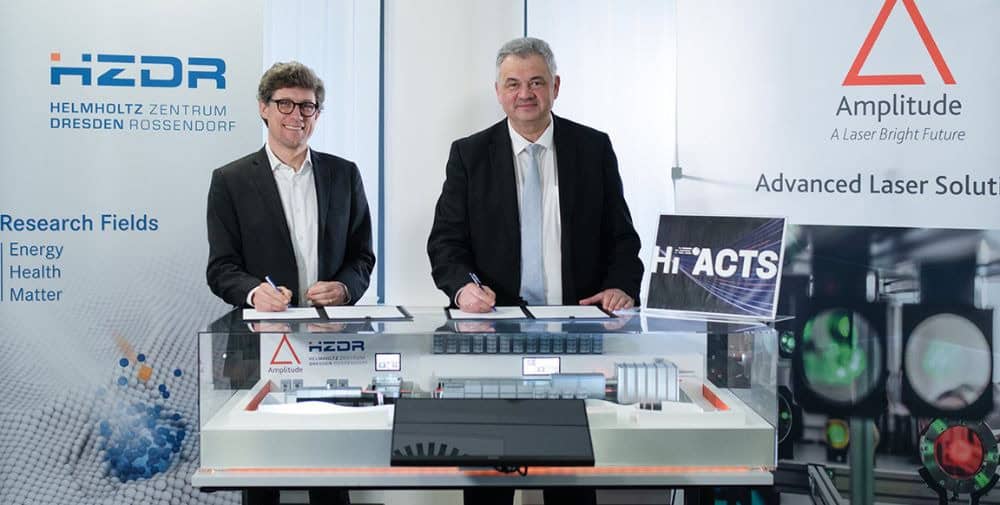
“Drones and their defense are a highly topical issue. The focus of development is on applications for civil aviation and security authorities. In cooperation with the TU Braunschweig, we are creating an ideal complement to the large, realistic test campaigns at DLR’s National Test Center for Unmanned Aircraft Systems at Cochstedt Airport with the new infrastructure of a drone cage in Braunschweig. Short distances between research and development will enable us to make urgently needed progress in drone technologies even faster in the future and to prepare large test campaigns efficiently,” says Prof. Dr.-Anke Kaysser-Pyzalla, Chair of the DLR Executive Board.
Structures for different needs
The drone cage allows DLR researchers and external organizations to conduct basic tests with unmanned aircraft systems (UAS) at short notice. Single or multiple prototype UAS weighing up to 25 kilograms can fly here. The cage has a floor area of 1,500 square meters and also offers space for superstructures such as obstacles or landing pads. A net is stretched over steel beams to prevent the drones from leaving the test environment. The facility, which was built by the DLR Institute of Flight Guidance, complements the test environment of the DLR’s National Test Center for Unmanned Aircraft Systems in Cochstedt (Saxony-Anhalt). There, flight tests of higher technological maturity levels are carried out in a realistic test environment. Thanks to the drone cage in Braunschweig, these tests can now be prepared more easily and quickly by the DLR institutes there.
Current projects such as CUSTODIAN (Counter-UAS Technologies for Detection, Interception and Neutralization), which recently demonstrated in Cochstedt how unwanted drones can be successfully detected and rendered harmless, benefit from the new test facilities. Another example of current research is the DLR project Swarming (Coordination and guidance of unmanned swarms), which deals with the use of drone swarms to support emergency services in disaster control. The project work is taking place in Braunschweig and Cochstedt
Detector tracks drones for miles
The drone cage is one of several facilities that have been created in the Flybots infrastructure ensemble and funded by the Lower Saxony Ministry of Economic Affairs, Transport and Building. Another facility is a mobile drone detector operated by the DLR Institute of Flight Systems Technology. With its powerful radar, it even detects small, unwanted drones and tracks them – even when they are still several kilometers away. Various cameras and receiving antennas supplement the radar. The drone detection system is mounted on an all-terrain vehicle and is used in the CUSTODIAN project, among others.
Wind tunnel for drone research
A new wind tunnel has also been built on the TU Braunschweig campus. The facility enables the combination of aerodynamic and electromagnetic investigations. The thrust, efficiency and behavior of UAS can thus be measured precisely and reproducibly. The wind tunnel has space for complete drones or individual drive units.
Angela Ittel, President of TU Braunschweig: “With Flybots, a touchstone for drone research of the future is being created in Braunschweig. At a time when the security situation in Europe has changed, drones and unmanned systems can be a technological option for protecting our country and thus our democracy. The new, electromagnetically shielded wind tunnel is unique in Germany – and Braunschweig is a place where precision, security and innovation come together. Flybots shows what interdisciplinary research can achieve when the state of Lower Saxony, our university and DLR pull together.”
Drones move around in a model city
At the inauguration on October 21, 2025, the researchers set up a small version of a model city with houses and landing pads in the drone cage. They presented various aspects of their work in this obstacle course. For example, flight routes can be tested here. This shows whether the drones move reliably and safely in the environment. Questions relating to the integration of drones into civil airspace are also addressed.
Unmanned aviation is becoming increasingly important for our modern society: drones can, for example, support the maintenance of wind turbines, deliver goods to remote areas or create situation pictures for disaster control. DLR makes significant contributions to the entire range of applications for unmanned flight. It develops solutions, methods and processes ranging from individual technologies and complete aircraft to the architecture of an automated air transportation system. The researchers also consider the effects and acceptance of the systems when they are integrated into urban traffic.
– – – – – –
Further links
👉 www.dlr.de
Photo: DLR




